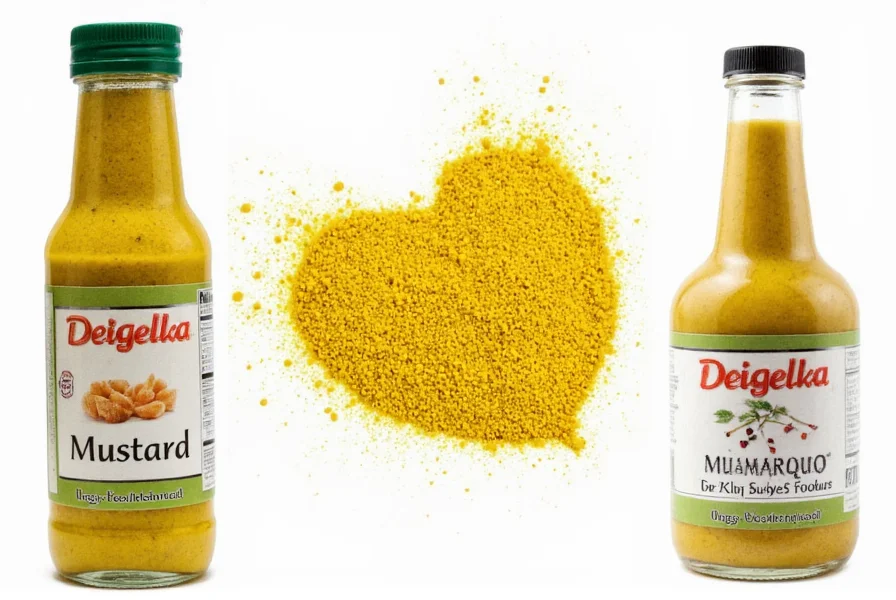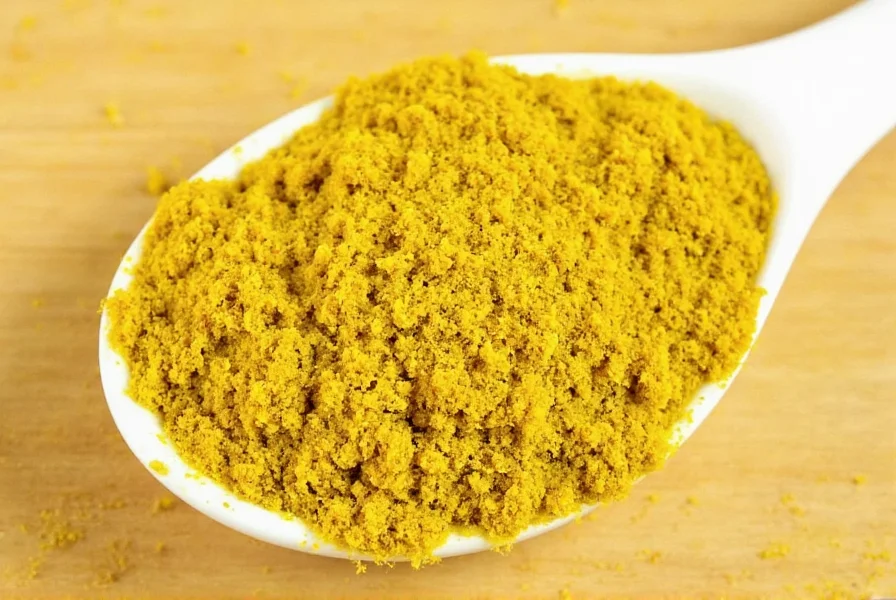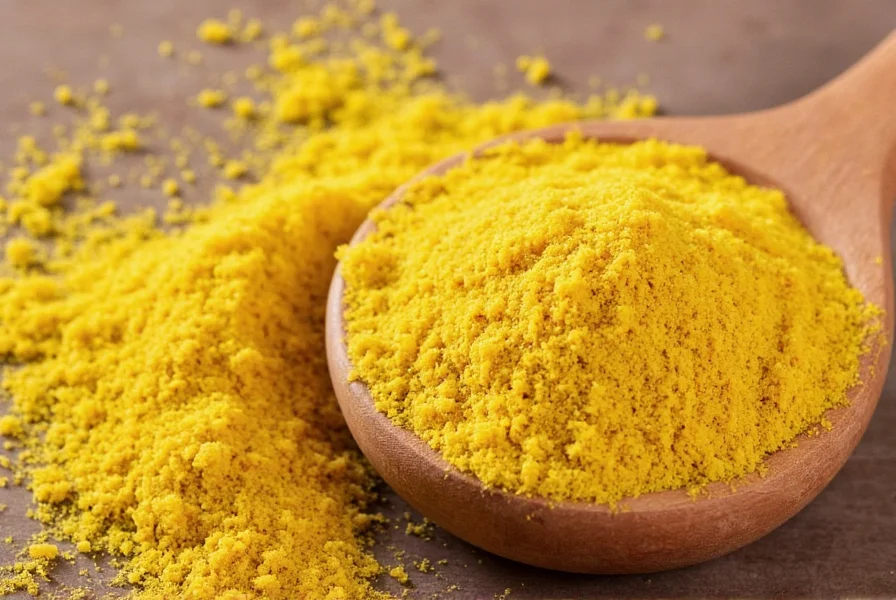Mustard, one of the world's oldest condiments, offers surprising nutritional benefits beyond its tangy flavor. This versatile sauce made from mustard seeds, vinegar, and spices provides essential nutrients with minimal caloric impact, making it an excellent choice for health-conscious consumers. Understanding mustard nutritional content helps you make informed dietary choices while enjoying this flavorful addition to meals.
Nutritional Profile of Common Mustard Varieties
Mustard's nutritional value varies slightly depending on the type and preparation method. The basic composition remains remarkably consistent across varieties, with differences primarily in sodium content and minor micronutrient variations. Unlike many condiments, mustard contains no sugar in its traditional forms, though some specialty varieties may include sweeteners.
| Mustard Type | Calories (per tsp) | Total Fat (g) | Carbs (g) | Protein (g) | Sodium (mg) | Key Nutrients |
|---|---|---|---|---|---|---|
| Yellow Mustard | 5 | 0 | 0.5 | 0.2 | 50-60 | Selenium, Turmeric |
| Dijon Mustard | 10 | 0 | 0.8 | 0.2 | 120-130 | Selenium, Calcium |
| Whole Grain Mustard | 10 | 0 | 0.9 | 0.3 | 80-90 | Selenium, Fiber |
| Honey Mustard | 20-25 | 0 | 5-6 | 0.1 | 60-70 | Antioxidants from honey |
Key Nutrients in Mustard and Their Health Benefits
Mustard seeds contain significant amounts of selenium, providing approximately 15-20% of the daily recommended value per tablespoon. This essential mineral supports thyroid function and acts as a powerful antioxidant. The turmeric commonly added to yellow mustard contains curcumin, which has demonstrated anti-inflammatory properties in scientific studies.
Mustard nutritional content includes notable amounts of magnesium, which contributes to muscle and nerve function, and small quantities of calcium and potassium. The vinegar base provides acetic acid, which some research suggests may help regulate blood sugar levels when consumed with meals.
Unlike many condiments, traditional mustard contains no added sugar, making it suitable for low-sugar and diabetic diets. The absence of significant fat content also makes mustard an excellent choice for those monitoring their fat intake while still wanting flavorful food.

Mustard Compared to Other Popular Condiments
When evaluating mustard nutritional content against other condiments, the differences become particularly significant. A single tablespoon of mayonnaise contains approximately 90-100 calories and 10 grams of fat, while ketchup typically contains 15-20 calories with 4 grams of sugar per tablespoon.
Mustard's advantage lies in its combination of flavor and minimal nutritional impact. For those tracking sodium intake, yellow mustard generally contains less sodium than Dijon varieties, though both remain significantly lower in sodium than soy sauce or many salad dressings. The natural acidity from vinegar provides tanginess without requiring added salt or sugar.
Health Considerations and Practical Usage
For individuals managing specific health conditions, understanding mustard nutritional content becomes particularly valuable. The low sodium content in traditional yellow mustard makes it suitable for heart-healthy diets, while the absence of sugar benefits those monitoring blood glucose levels.
Mustard seeds contain compounds called glucosinolates, which preliminary research suggests may have cancer-protective properties. While more research is needed, incorporating mustard into a balanced diet represents a flavorful way to potentially gain these benefits without negative nutritional trade-offs.
Chefs and nutritionists often recommend using mustard as a base for healthier dressings and marinades. Replacing mayonnaise with mustard in recipes can significantly reduce calorie and fat content while maintaining satisfying flavor. A tablespoon of mustard provides enough tanginess to enhance dishes without overwhelming other ingredients.

Incorporating Mustard into a Balanced Diet
Understanding mustard nutritional content helps consumers make informed choices about incorporating this condiment into daily meals. A standard serving size is one teaspoon, though most people use 1-2 teaspoons per sandwich or serving. This small amount contributes negligible calories while enhancing flavor.
Nutrition experts suggest using mustard as a flavor booster in place of higher-calorie condiments. It works particularly well as a rub for proteins before cooking, as a base for vinaigrettes, or stirred into mashed potatoes for added flavor without excess fat. The versatility of mustard makes it easy to incorporate into various dietary patterns, from Mediterranean to plant-based eating approaches.
Frequently Asked Questions
Is mustard good for weight loss?
Yes, mustard can support weight loss efforts as it contains only 5-15 calories per teaspoon with virtually no fat. Its strong flavor can enhance meals without adding significant calories, making it a better choice than higher-calorie condiments like mayonnaise or creamy dressings.
Does mustard contain sugar?
Traditional yellow and Dijon mustards contain no added sugar. Some specialty varieties like honey mustard or sweet mustards do contain sugar, typically 4-5 grams per tablespoon. Always check the nutrition label if you're monitoring sugar intake.
What makes mustard nutritionally different from other condiments?
Mustard stands out because it provides significant flavor with minimal calories, no fat, and no sugar (in traditional varieties). Unlike ketchup (which has sugar) or mayonnaise (which is high in fat), mustard delivers tanginess through vinegar and mustard seeds without nutritional drawbacks.
Is there a nutritional difference between yellow mustard and Dijon mustard?
Yes, yellow mustard typically contains fewer calories (5 vs 10 per teaspoon) and less sodium (50-60mg vs 120-130mg) than Dijon mustard. Dijon contains slightly more calcium and sometimes additional spices, but both varieties provide similar amounts of selenium and other key nutrients.











 浙公网安备
33010002000092号
浙公网安备
33010002000092号 浙B2-20120091-4
浙B2-20120091-4